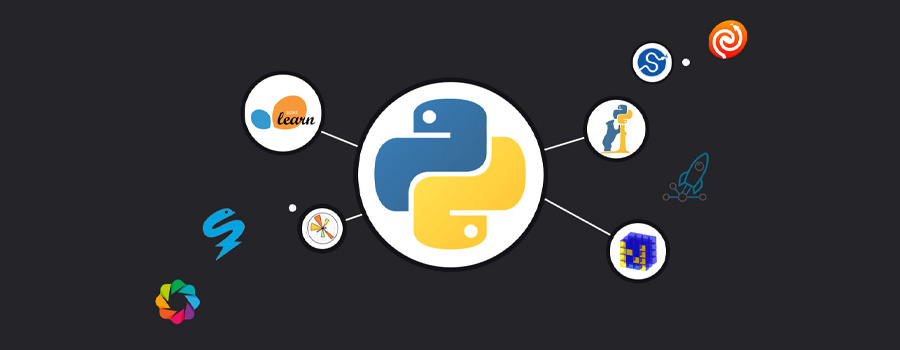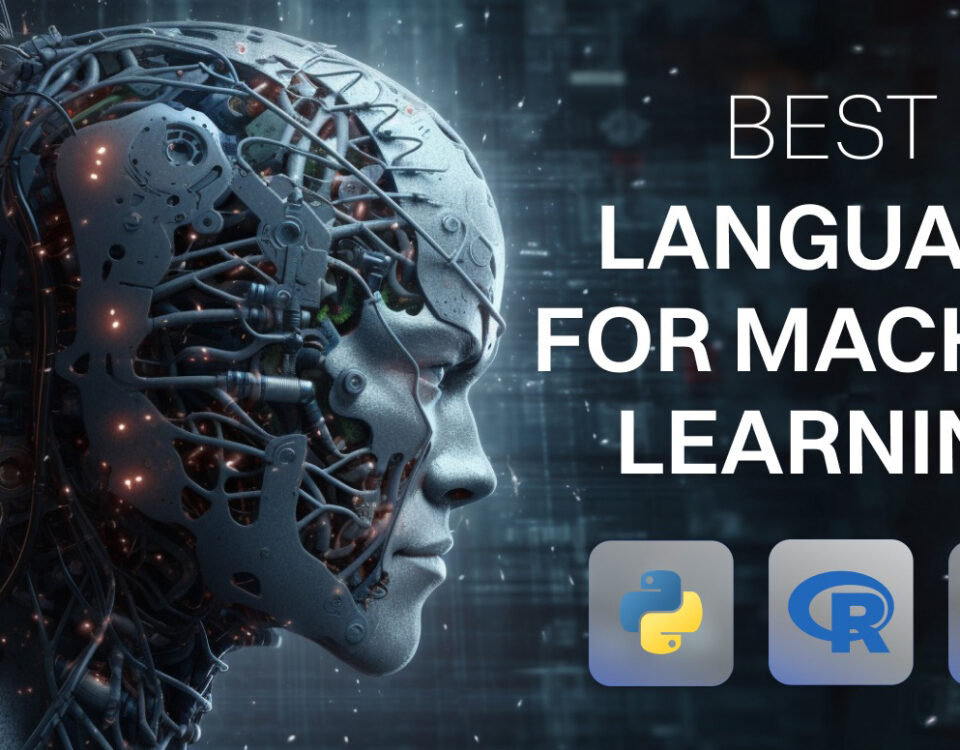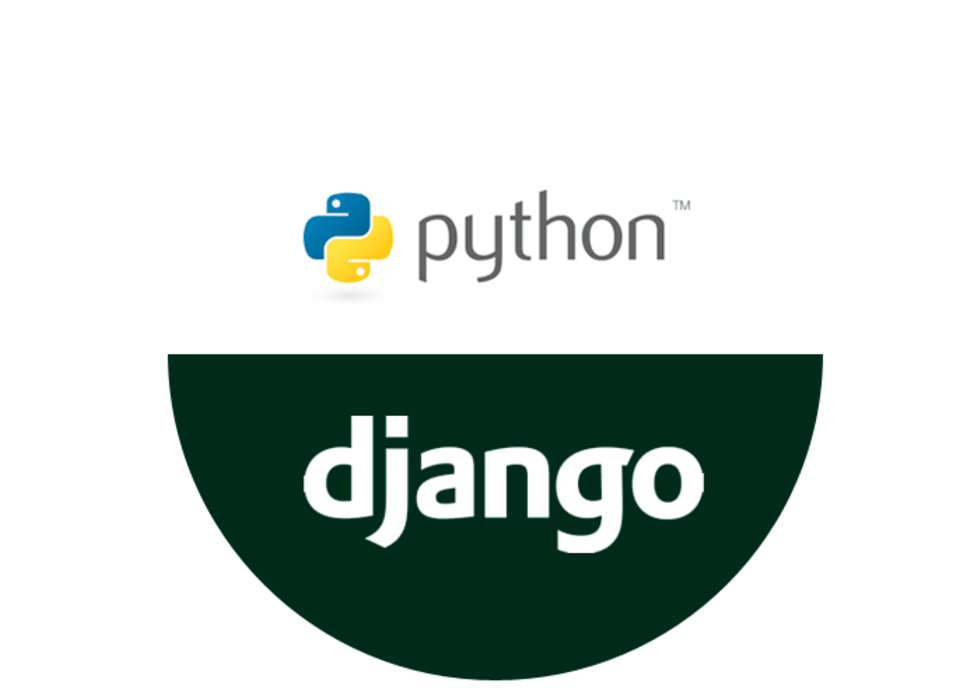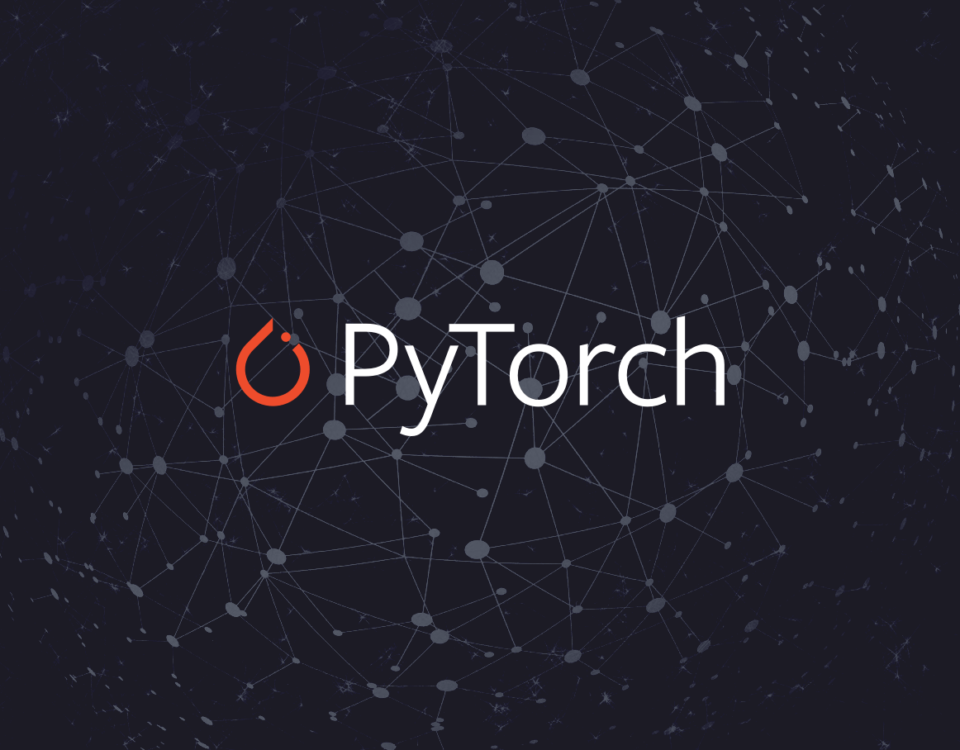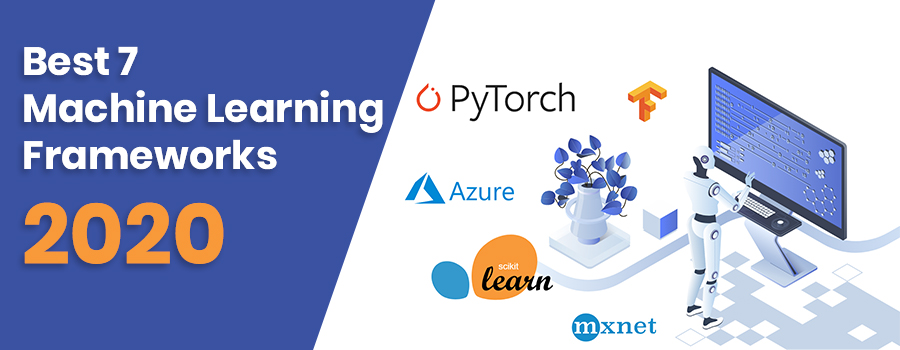
Best 7 Machine Learning Frameworks 2020
3rd October 2020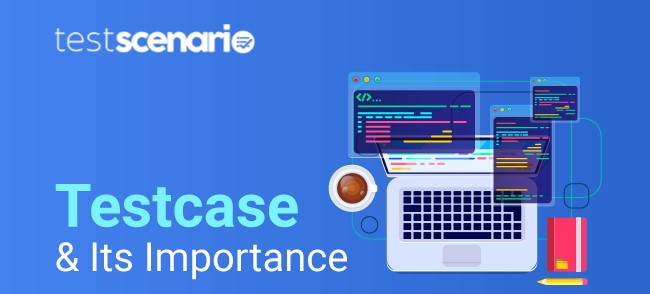
Test cases and Its importance
7th October 2020Let’s view the famous Python Libraries that are used to develop impactful software, web, and mobile applications. The Python developers generally use the below-mentioned libraries to deliver the leading projects.
This Python library works as a computational library for writing new algorithms, and it also involves several tensor operations. Google created a TensorFlow library in collaboration with Brain Team. In this library, neural networks can be easily expressed as computational graphs, implemented by utilizing TensorFlow.
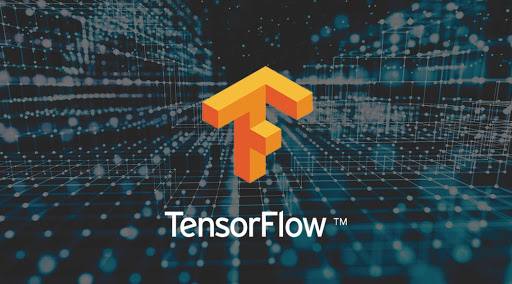
TOP FEATURES OF TENSORFLOW
- It is adjustable in its operability.
- It is easily trainable on CPU and GPU.
- It can train multiple neural networks and GPUs.
FAMOUS APPS USING TENSORFLOW
- Google Voice Search
- Google Photos
This is one of the best Python libraries as it efficiently deals with complex data. Scikit-Learn is allied with NumPy and SciPy, allow you to use more than one metric. In this library, a few improvements in logistics regression and nearest neighbors are required.
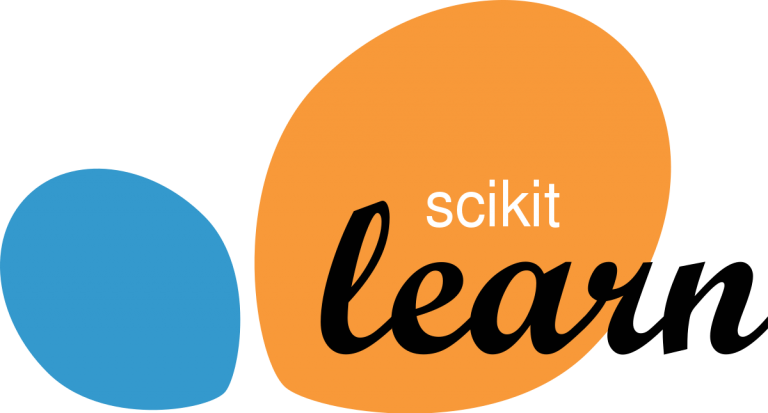
SCIKIT-LEARN FEATURES
- Supports multiple methods to examine the efficiency of supervised models on unseen data.
- Contain the large spread of algorithms ( starting from clustering, factor analysis, principal component analysis to unsupervised neural networks).
- Beneficial for extracting features from images and text.
FAMOUS APPS USING SCIKIT-LEARN
- Spotify
- Inria
Numpy is acknowledged as one of the most famous machine learning libraries in Python. For performing several operations on Tensors, TensorFlow and other libraries utilize Numpy internally. Array interface is the excellent and the most vital feature of Numpy.
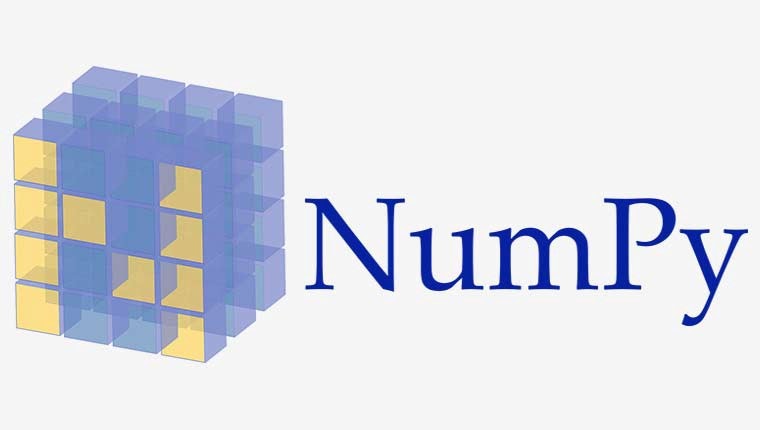
FEATURES OF NUMPY
- It is easy to use.
- It includes random number generators
- Makes coding simple
Keras is one of the coolest Python libraries. It proffers a simple mechanism to represent neural networks. This library provides a few best services for visualization of graphs, compiling models, processing data-sets, and so on. Few most famous neural networks like CNTK can also be used in Keras. In comparison with other Python libraries, it works slowly.

FEATURES OF KERAS
- It works evenly on both CPU and GPU.
- It almost supports all models of a neural network.
- It is incredibly expressive, flexible, and apt for ingenious research.
PyTorch offers vibrant APIs for resolving application problems related to neural networks. This Python library permits developers to implement tensor computations with an acceleration of GPU, creates dynamic computational graphs, and calculate gradients automatically.
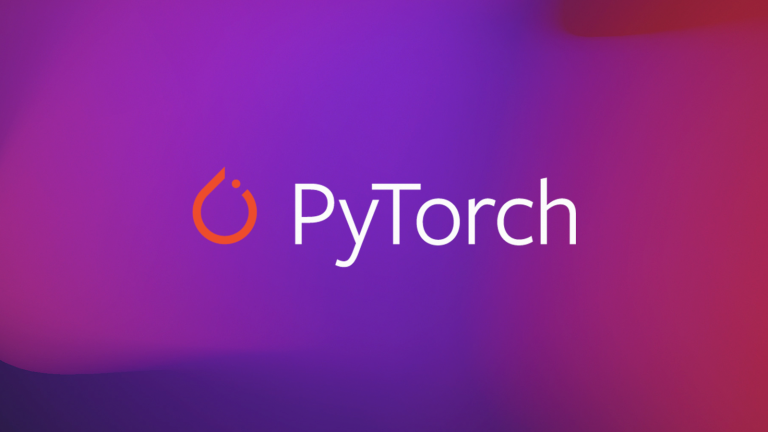
FEATURES OF PYTORCH
- Offers flexibility in eager mode
- By taking the help of native support, it optimizes performance in both research and production.
- It can be used with other libraries and packages such as Cython and Numba.
FAMOUS COMPANIES USING PYTORCH
- Apple
- Samsung Electronics
The requests library is in practice measure for making HTTP requests in Python. It removes the complexities of building requests and offers simple API’s so that you can concentrate on application communicating with services and consuming data.

FEATURES OF REQUESTS LIBRARY
- Customize requests by adjusting headers, authentication, query strings, etc.
- Inspect the data sent to a server
- Make requests utilizing various HTTP methods like GET, POST, and PUT.
- Its automatic decompression feature allows you to recover and revive compressed data into its factual form within no time.
Gradient Boosting is the best and most famous machine learning library, which encourages developers to build new algorithms by utilizing redefined elementary standards, namely decision trees.
The special libraries that are designed for quick and effective implementation of this method are LightGBM, XGBoost, and CatBoost. These libraries are opponents that aid in determining a common problem and can be employed in almost a similar way.

FEATURES OF LIGHTGBM
- Very active computation guarantees high production yield.
- Automatic and user friendly.
- Not produces an error when you consider NaN or other canonical values.
THEANO
Theano is a computational framework Python library used for measuring multidimensional arrays. Theano works the same as TensorFlow did, but it is not as profitable as TensorFlow. This library can also be utilized in shared or parallel environments.
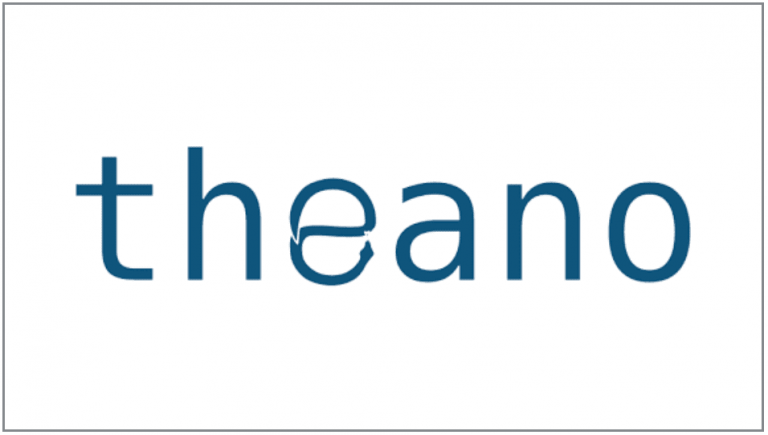
FEATURES OF THEANO
- It can completely use NumPy arrays in Theano-compiled functions
- It can perform data-intensive computations quicker than on a CPU
- Recognize and diagnose various types of errors and uncertainties
FAMOUS COMPANIES USING THENO
- Vuclip
- Zetaops
This is one of the well known Python libraries that present data structures of high-level and quality tools for critique. It can resolve complex operations with data utilizing one or two commands. The library has multiple functionalities and inbuilt systems for grouping, combining data, and filtering.
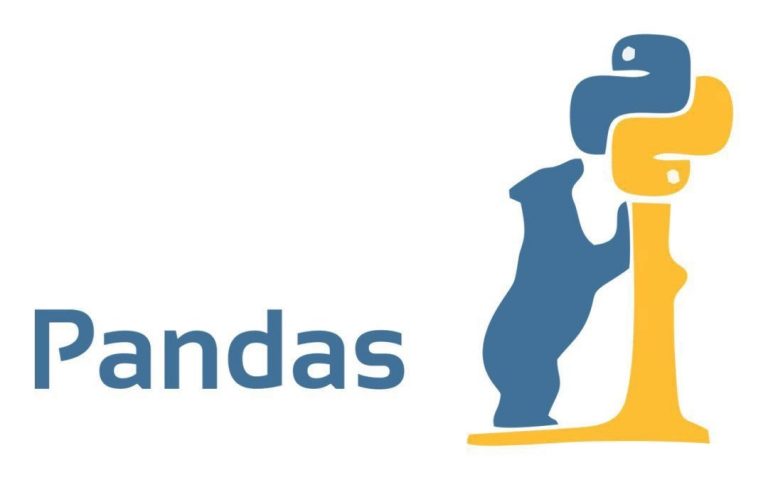
FEATURES OF PANDAS
- It offers a simple process of manipulating data.
- Support for multiple operations such as Iteration, Re-indexing, Aggregations, Sorting, Visualizations, and Concatenations.
POPULAR APPLICATIONS USING PANDAS
- Spotify
- Netflix
It is the top open-source python library used for both systematic and technical computation. SciPy includes modules for linear algebra, optimization, integration, addition, specific functions, FFT, signal and image processing, ODE solvers, and other tasks.

FEATURES OF SCIPY
- Makes the best use of Numpy arrays for producing general data structures.
- Scipy can manage 1-d polynomials in two systems that are poly1d class from Numpy, or co-efficient arrays to perform the job.
- It also supports numpy.lib.scimath.
Now, from the above top Python libraries listing, you can choose any one of the libraries to build the excellent software and application.


